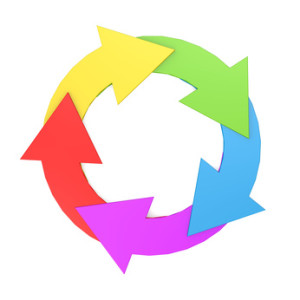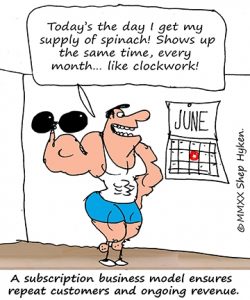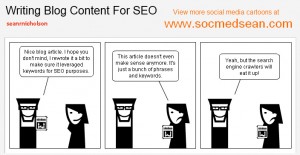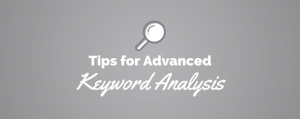Automation is an ever-growing part of our business lives. You can successfully automate a variety of processes with a widely available bot software download or AI-driven software.
We’ve seen automation used from the start of the customer journey, by automating onboarding with the help of a client onboarding process template, for instance. And all the way through to the end of that journey with automated deliveries.
Many high profile industry leaders agree on the benefits of automation. In this article on software test automation, CEO of NoSpoilers.ai Michal Kowalkowski was quoted as saying, “If it’s a large, long-term project, automation can save time, frustration, and even money.”
With programmatic ad campaigns, marketing can now successfully automate some of its most time-consuming tasks.
What is a Programmatic Ad Campaign?
A programmatic ad campaign uses programmatic technology to target and place ads automatically, using predefined goals and parameters set by your business. Put simply, programmatic technology automates the negotiation and buying process between advertisers and publishers.
With programmatic technology, your business creates the ad campaign, the objectives, and other variables like maximum spend. Then, you use a demand-side platform (more on this later) to automatically match your needs, buy inventory, and place these ads with publishers on the supply side.
It’s an efficient process that can cut down on negotiation and buying time without impacting the customer experience. Before we get into the technological side, though, it’s important to note that a programmatic ad campaign should still start with good preparation.
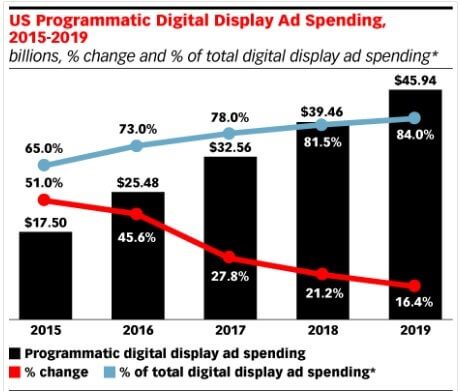
Where do I Start?
Start where you would start any other marketing campaign; by setting your goals. You may be looking to increase brand awareness or to lower your per user acquisition costs. Either way, knowing your goal will help you determine how to direct your campaign.
Once you know your goals, you can set out which channels to target. As well as create effective metrics to measure the success of your campaign. Increased sales are easy to measure with financial data. If you’re looking to drive better social media engagement, though, you need data on impressions and responses.
Make Use of Your Data
You’ll need to make use of your first-party data. Knowing your maximum budget is a must. You may also need information like your current acquisition costs or your current website traffic. This will help you make decisions like your maximum bid price or which channels to target with your ads.
Knowing your customer is also important. Information on online search trends and which channels your customers prefer to engage on are vital. SEO data, like the key phrases highlighted by keyword gap analysis, can be used to help with clear messaging. Third-party data, like information on advertising trends, can also be worth looking at.
Keep Your Strategy Agile
Don’t be afraid to make changes as you go. You’ll initially have a lot of decisions to make on scheduling, pricing, who to target, etc. As you use programmatic software, you’ll learn more about successful ad targeting and online customer habits. Use this data and adjust your strategy on the go.
Remember that the programmatic algorithm is working to the goals you set. It’s looking for the most efficient way to achieve those, all the time. If the feedback shows that sites which have optimized their SEO anchor text are giving you more quality impressions, then adjust your parameters to target those suppliers more frequently.
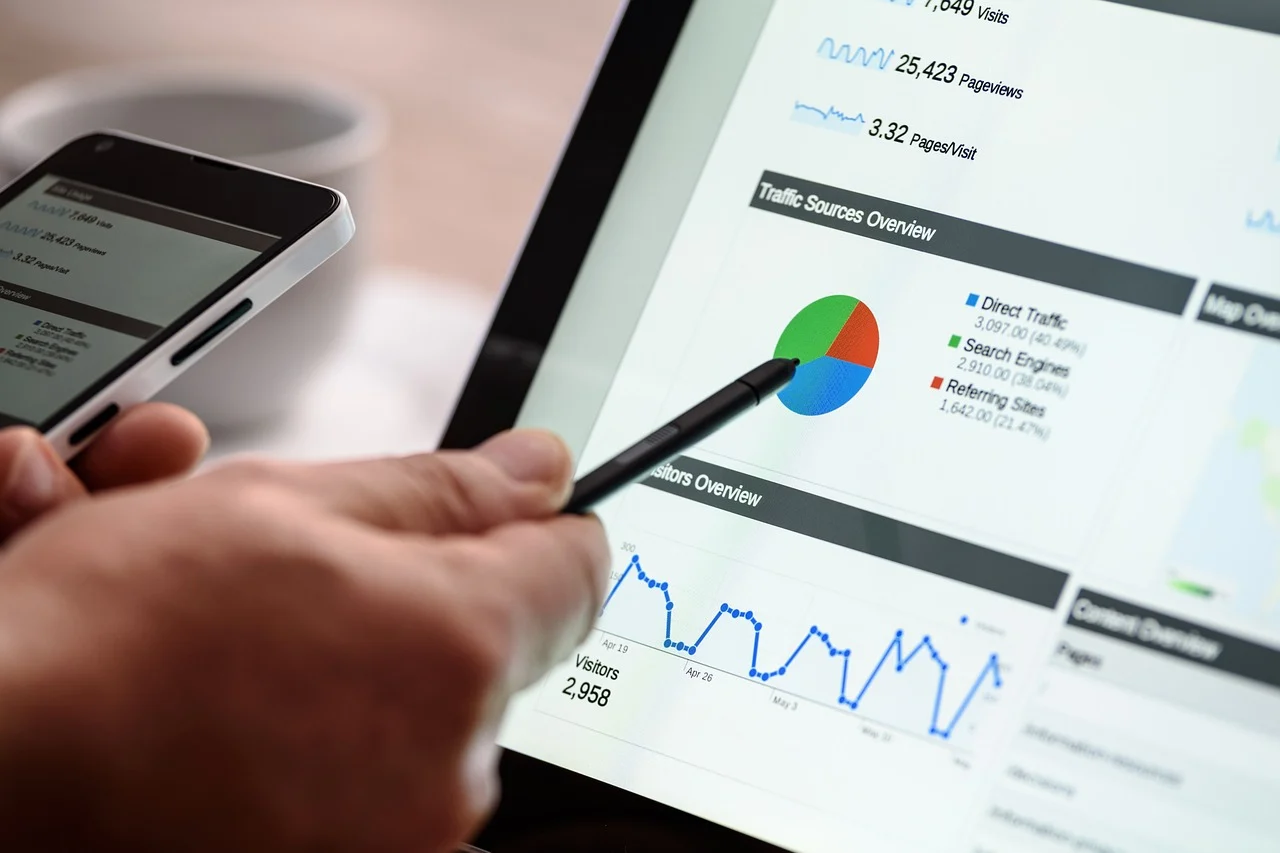
Develop Your Format
Online and social advertising comes in many forms. You’ll need to decide what formats are right for your campaign. You’ll ideally want enough creative material to cover multiple formats to allow for a more flexible strategy. The main formats for online ads are:
- Banner Ads – The oldest and least interactive form of online ad but also the least costly.
- Rich Media Ads – A more interactive and dynamic form of banner ads. More attention-grabbing than static banners, data suggests rich media generates an average of 2-3 times more clicks.
- Video & Dynamic Video – Video ads are great for more information-based campaigns. Currently highly popular, video ads can generate up to five times the traffic of banners. They also tend to be the most costly form of online ad.
- In-App Ads – Mobile users spend the majority of their screen time in apps. This means if you’re targeting a mobile campaign, in-app ads are far more effective than browser-based methods.
- Native Ads – A newer form of online ad, designed to blend into a site’s existing content. Users see them as less intrusive than regular ads.
What formats are best for your campaign will depend on the goals you set earlier. The channels you are targeting with your ads will also be a key factor. Programmatic advertising works as a continual system. So, you’ll need to keep feeding in new creative material and adjusting as you change your campaign objectives.

Choose the Right Technology
Now you have everything you need for your campaign. It’s time to choose the right technology. There are many platforms for programmatic ad tech. Choosing the right DSP (Demand Side Platform) can depend on the needs of your specific campaign.
Many businesses use a media agency with their own programmatic software. This has the advantage of a managed service; send your requirements to the agency and they do the technical work on the platform.
Larger businesses may opt for in-house programmatic teams This requires much more experience of how to use a DSP. Some platforms specialize in targeting browser-based ads, or in mobile campaigns, and so on. There are a few common factors you should look for that can help narrow down your choices.
Make sure the platform you choose supports all ad formats, or at least all formats you’re likely to use. It’s not unusual to find providers that don’t charge platform fees and offer effective technical support. Look for these to minimize cost and confusion. Ensure your platform performs brand safety and security checks to make sure your media only shows up in appropriate places.
You’ll also want a platform that gives real-time feedback and full access to your advertising data. This will help you to adjust strategies as your campaigns move forward. Other decisions, like target channels, are more dependent on your specific campaign. You may need to use multiple complementary platforms to fully achieve your goals.
Now You’re Getting It
So, now you know the basics of setting up a programmatic ad campaign. Don’t forget that technology alone can’t make a great ad campaign, though. You’ll still need creative advertising skills and engaging media. Ad tech is just a tool to use for marketing. Insights from your marketing center of excellence and market research will remain as relevant as ever.
Digital & Social Articles on Business 2 Community
(96)
Report Post
